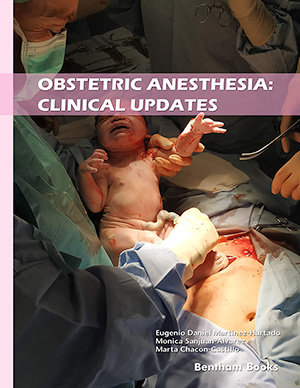Abstract
The choice of drugs used during labor is almost as important as the analgesic
technique selected since effective pain relief contributes directly to satisfaction: the
better the pain relief, the higher the satisfaction. Although bupivacaine has traditionally
been the most widely used local anesthetic, L-bupivacaine and ropivacaine have similar
action profiles with a lower risk of cardiovascular and neurologic toxicity and
especially less motor blockade, when used under low-concentration strategies. The use
of adjuvants, especially opioids, allows us to improve the analgesic quality while
reducing the total dose of local anesthetics, although their use should be individualized,
and patients should be monitored and treated for side effects if they appear.
Keywords: Anesthetic Complications, Body Distribution, Bupivacaine, Dosage, Drugs, Fat Emulsions, Intralipid, Levobupivacaine, Lidocaine, Liposomal Bupivacaine, Lipid Emulsion, Lipid Shuttle, Lipid Sink, Local Anesthetic, Local Anesthetic Systemic Toxicity, Metabolism, Pharmacokinetics, Procaine, Regional Anesthesia, Ropivacaine, Tetracaine, Toxicity.






















